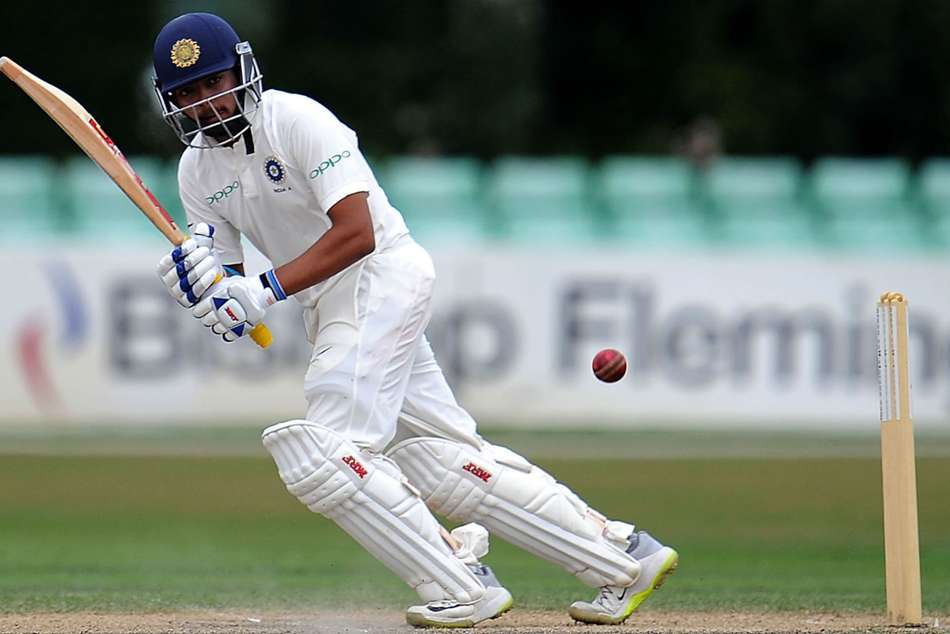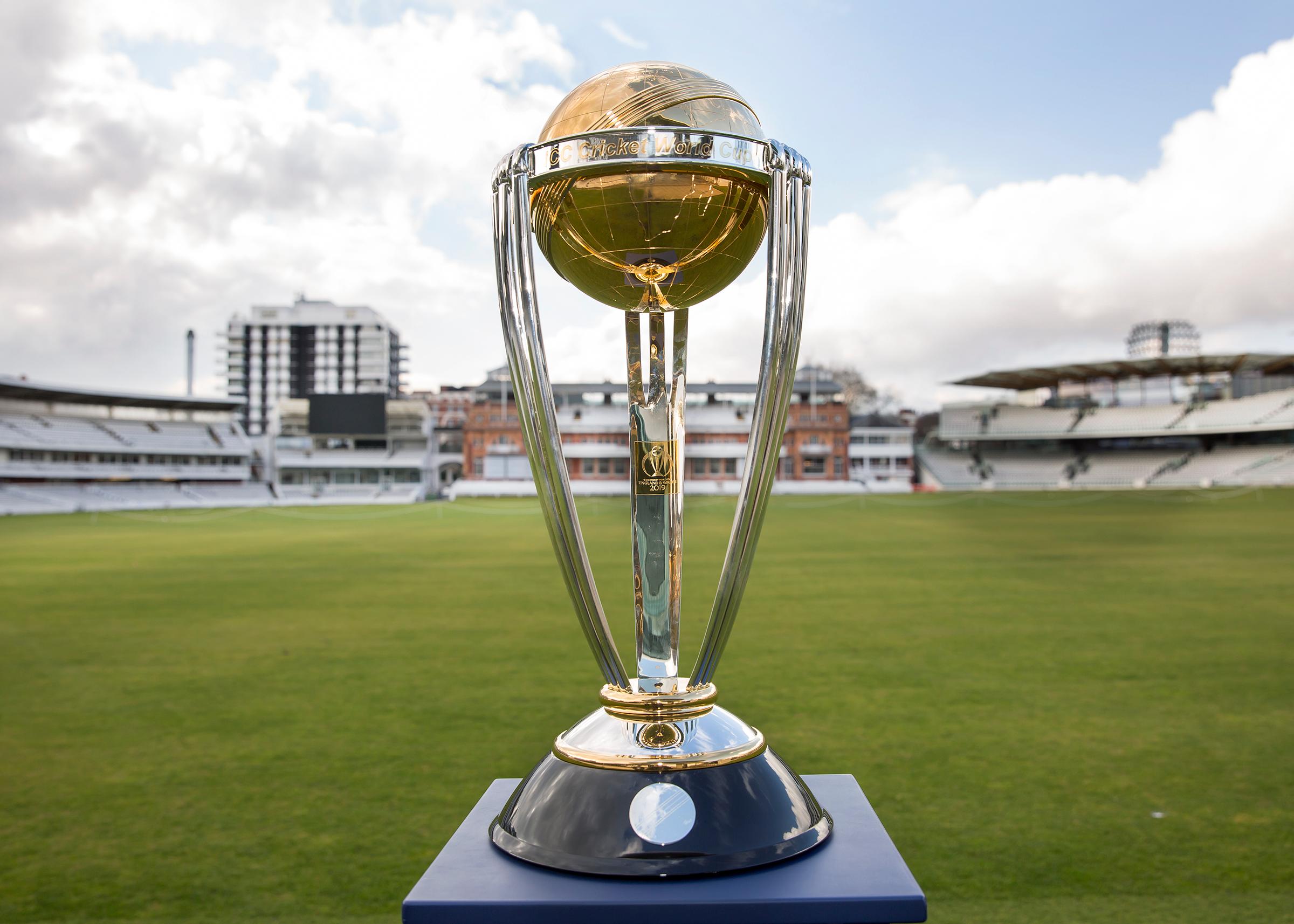It is by now rather popular as to how Ricky Ponting, one of the greats of the game predicted the exact mode of dismissal of Prithvi Shaw in the first innings at Adelaide. Shaw was bowled just after. These were infact prophetic words from a former great but was he actually a party to Shaw’s poor technique? Also, Pujara must realise that merely staying at the wicket for 30 overs will not fetch him and the team runs. He must actively look to scoring runs. Let me examine Ponting’s Shaw weakness and Pujara’s slowness.
Ricky Ponting’s famous prophetic words
“If he does have a chink in his armour it’s the ball which does come back into him…
“Quite often leaves a big gap between bat and pad and that’s where the Aussies will target.”
Well spotted Ricky but he was Shaw’s coach at Delhi Capitals. He was under Ponting’s tutelage for a whole 2 months. It is certainly enough time to correct this shortcoming. Ponting could have made Shaw a better batsman with tighter technique. He could have instilled in Shaw the virtue of playing within the body and not play too many shots upfront before he is settled. However, Ponting chose not to coach Shaw on this crucial technical flaw.
In the second innings, Shaw again got out in similar fashion and Ponting had this to say
“In the first innings, Mitchell Starc brought one back through the gate. You see that he tried to make slight adjustments in the second innings. The gap wasn’t big, but the problem, the worry is that his front foot is not planted. His front foot is still in the air. C late on the ball, he’s late moving his weight into,” Ponting explained.
All of these means that he had studied Shaw clearly during his stint as Delhi coach. The led me to think whether these was a wider conspiracy during the whole of IPL. Some of the Australian players were bought by various franchises at exorbitant price. All of them were part of the regular Australian team in various formats. They were aware of the impending Indian tour and the importance of that tour for Australian cricket. Not only Australia had to win the series to ensure that they continue to be number one in the world but they must win to ensure that they play in the WTC finals in June 2021.
Based on past reports, whenever any team travel to Australia, especially the popular ones like England, India & South Africa, the entire Australian continent are known to hunt as a pack. The media will be scathing with their criticism, the spectators at the ground will be hostile towards the visiting team and wherever the opponent team goes around, they will be targeted through a volley of abuse. All of them work as an extension of the Australian team. Their idea is to mentally disintegrate the visiting team.
The conspiracy of the Australian players
I wonder whether the Australian players were involved deliberately in something similar. If we revisit IPL 2020, none of the Australian players performed upto the level they were bought or expected to perform. Smith, Finch, Zampa & Cummins were huge failures. Warner wasn’t that big a success either. In the past IPLs, most of these players did perform. However, as soon as they started to play for Australia, runs & wickets started to come for all of them. They did not want to exert themselves during the IPL and wanted to be fresh for the Indian series.
Ricky Ponting too did not want to rectify Shaw’s problem knowing that if he gets over his technical flaw and him being almost a certainty in the Indian team, could go onto score runs that may ruin Australia’s chances of victory and hence he thought it will be better not to work on Shaw’s technique which will give a slight advantage for India over Australia. Remember, Ricky Ponting retired only a few years ago from cricket. It is clear that none of the Australian players were honest or professional during the IPL.
Pujara’s slowness
Cheteshwar Pujara is one of the mainstays of the Indian batting. He is the one who absorbs pressure and ensures that the batsmen who follow him have relatively easier time in the middle. He did have a fabulous 2018 with hundreds in England & Australia. Infact his runs were the reason India won the 2018 series. However, this does not work all the time. It is all well and good to have the ability to play 30-40 overs but that must result in a score that correspond to the time spent on the wicket. In the recently concluded first test at Adelaide, Pujara played more than 30 overs and yet scored only 43. That translates to around a strike rate of 30. If only he had scored at 50, he would have scored more than 80 and as a result the team’s score would have been higher as well.
What is expected of Pujara!!
Pujara must realise that it is not only important to stay at the wicket but it is also important to score while at the crease. Pujara, by playing over defensively, creates undue pressure of the other batsmen. He resonates a feeling of both the pitch and the bowling is difficult to play and runs scoring is extremely tough. After 50 overs, with runs not coming from anywhere, the team has not moved anywhere.
As a result, the opposition is still very much in the game. He cannot transform himself into a Sehwag but he certainly can and must slightly modify his game. No one is expecting him to score at 80, 90 strike rate. If he is only a bit more aggressive in his approach, he can score a lot more and the other batsmen will also be much more confident. They will be able to settle down earlier and will be able to play freely much earlier.
The sooner Pujara realise this the better it is for the Indian team. He must also realise that the game has evolved and gone are the times when 75 overs a day was what bowled in which team scores weren’t that high and teams used to play for close to 2 days to gain ascendancy. Nowadays, 90 overs are bowled and invariably a teams are able to gain ascendancy rather quickly. This is possible only if the batsmen score runs.
Other articles related to Indian cricket can be read here, here and here.



